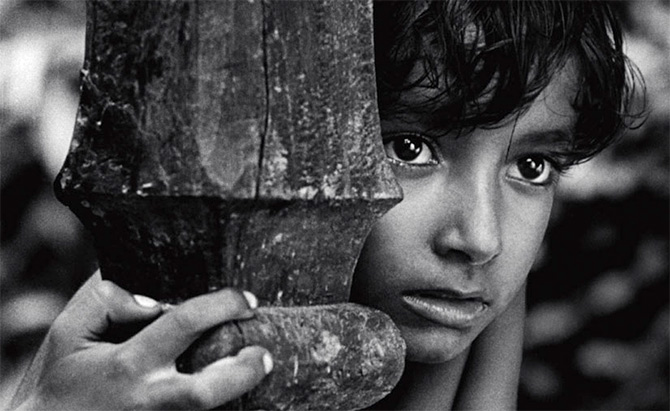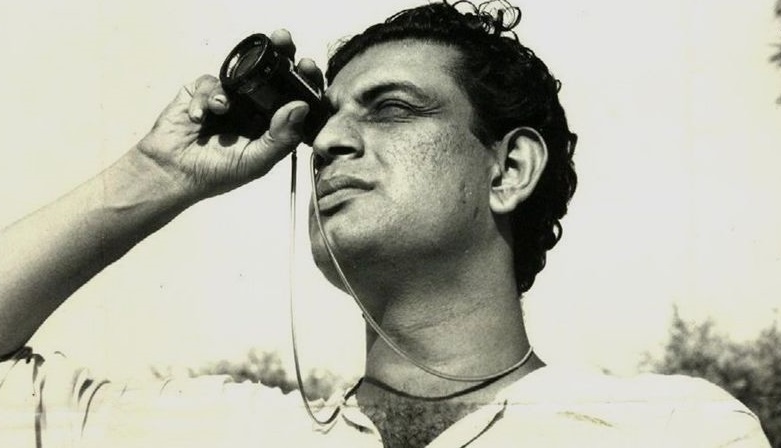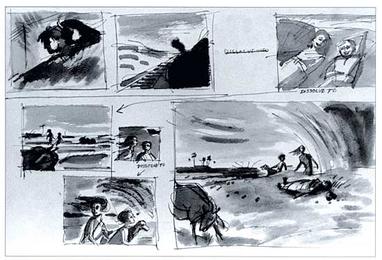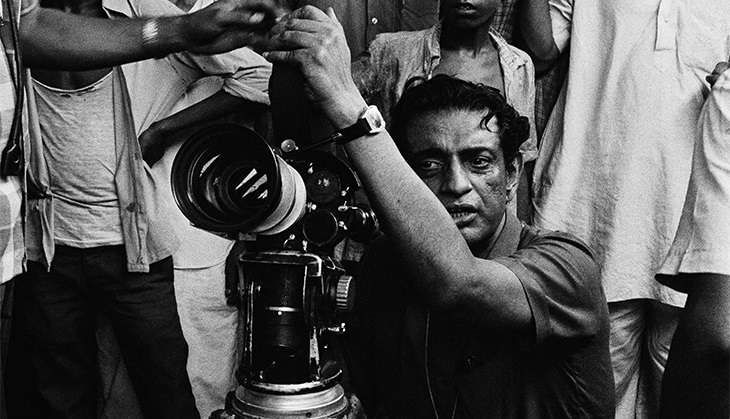We often consider Bollywood as the main contributor to Indian cinema but is it? During 20th century there were many directors who got inspired by Italian neorealism (Golden era) and went out of there ways to make parallel cinema which will later influence the modern world of cinema. Among those many pioneers one of my favorite being Satyajit Ray. He is considered as the greatest filmmaker. He have gained prestige around the world and his work is considered as one of the driving force for the Indian New wave.

Satyajit Ray despite having a rough background completed his B.A in economics. Later he went on to appreciate oriental art and Indian literature while studying Indian art at Bharti university in Shantiniketan. While working as graphic designer Ray meet Jean Renoir, who introduced Ray to independent film making and encouraged him to start his first film Panther Panchali. After the hit of Panther Panchali it eventually gained success and is regarded as one of his finest work. Ray had a deep sense of respect for Rabindranath Tagore and lot of his film has been inspired by his work Teen Kanya is one of such film which is based on short stories by Tagore. He later produced a documentary based on Tagore’s life.
His films contributed to Indian parallel cinema, they were realistic and often shows the suffering of human life. His films used tragic comedy which succeeded in creating a connection between film and audience. This work often show the glimpses of his own past life. He also used film noir (introduced by German new wave) in his movies. His editing techniques were simple often sharp cuts which were very unnoticeable they usually didn’t affected the audience focus from the main story. His movies had a perfect balance between art and commercial films.

“Somehow I feel that an ordinary person the man in the street if you like is a more challenging subject for exploration than people in the heroic mold. It is the half shades, the hardly audible notes that I want to capture and explore. My films are about human beings, human relationships, and social problems. I think it is possible for everyone to relate to these issues. On a certain level, foreign audiences can appreciate Indian works, but many details are missed. For example, when they see a woman with a red spot on her forehead, they don’t know that this is a sign showing that she is married, or that a woman dressed in a white sari is a widow. Indian audiences understand this at once; it is self-evident for them. So, on certain level, the cultural gap is too wide. But on a psychological level, on the level of social relations, it is possible to relate. I think I have been able to cross the barrier between cultures. My films are made for an Indian audience, but I think they have bridged the gap.” ― Satyajit Ray
Over the centuries many filmmakers got inspired by his simple yet realistic work. After the success of Panther Panchali in 1955 he went on to produced the Apu triology . Aparajito (1956), Apur sansar (1959) which is journey of Apu as a child to his adulthood. Satyajit Ray got inspired by Bibhutibhushan Bandyopadhyay’s book Panther Panchali. Ray came across the book while designing its cover and completed its screenplay simultaneously. The film took three years and got funding’s from government. The film is a must watch for any film admirer the film is available with subtitles in many languages. Panther Panchali got awarded as National film award for best feature films twice, BAFTA awards for best feature, Kinema Junpo award for best foreign language and got nominated for many more.

Jalsaghar (1958), Postmaster (1961) Charulatta (1964), Days and nights in the forests (1969), and Pikoo(1980) are his other works. Satyajit Ray was also a publisher, illustrator, calligrapher, music composer, graphic designer and film critic. He wrote books for children and teenagers and also designed covers for many books including Jawaharlal Nehru’s, Discovery of India which gave him artistic freedom and later inspired him for the cover of his first film. His work as graphic designer was one of the reason he got into filmmaking.
“Last, but not least in fact, this is most important you need a happy ending. However, if you can create tragic situations and jerk a few tears before the happy ending, it will work much better.”
― Satyajit Ray, The Bandits of Bombay

